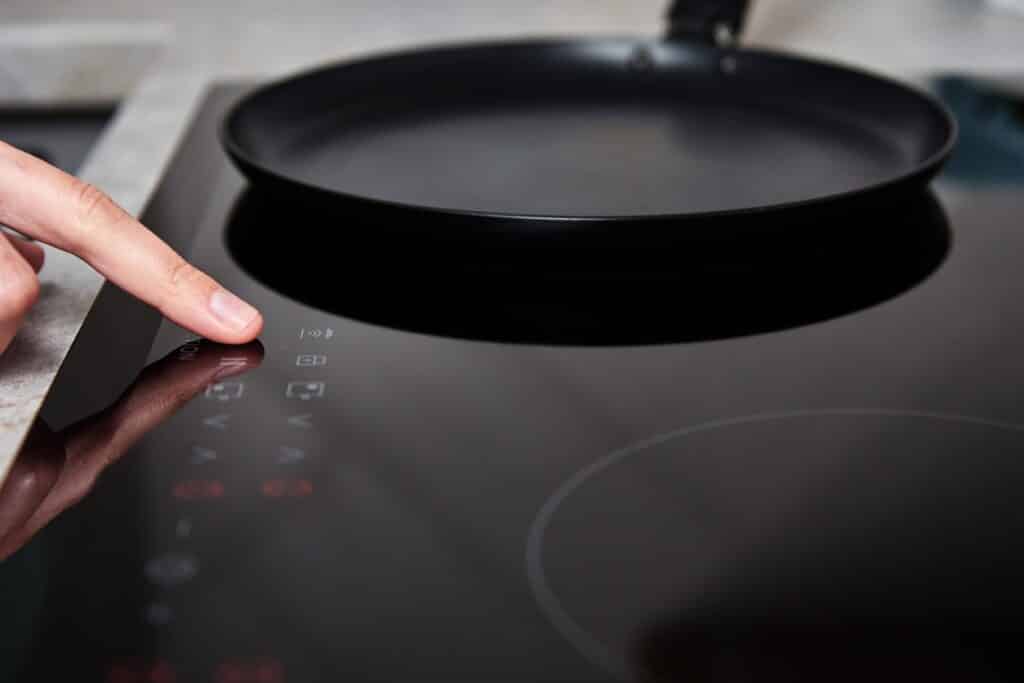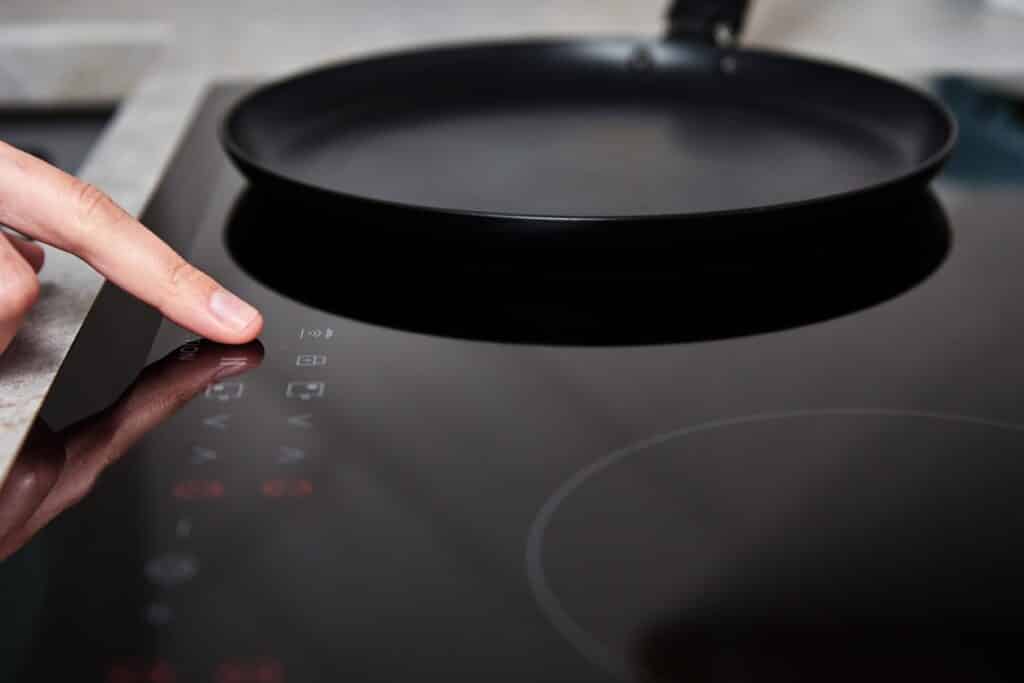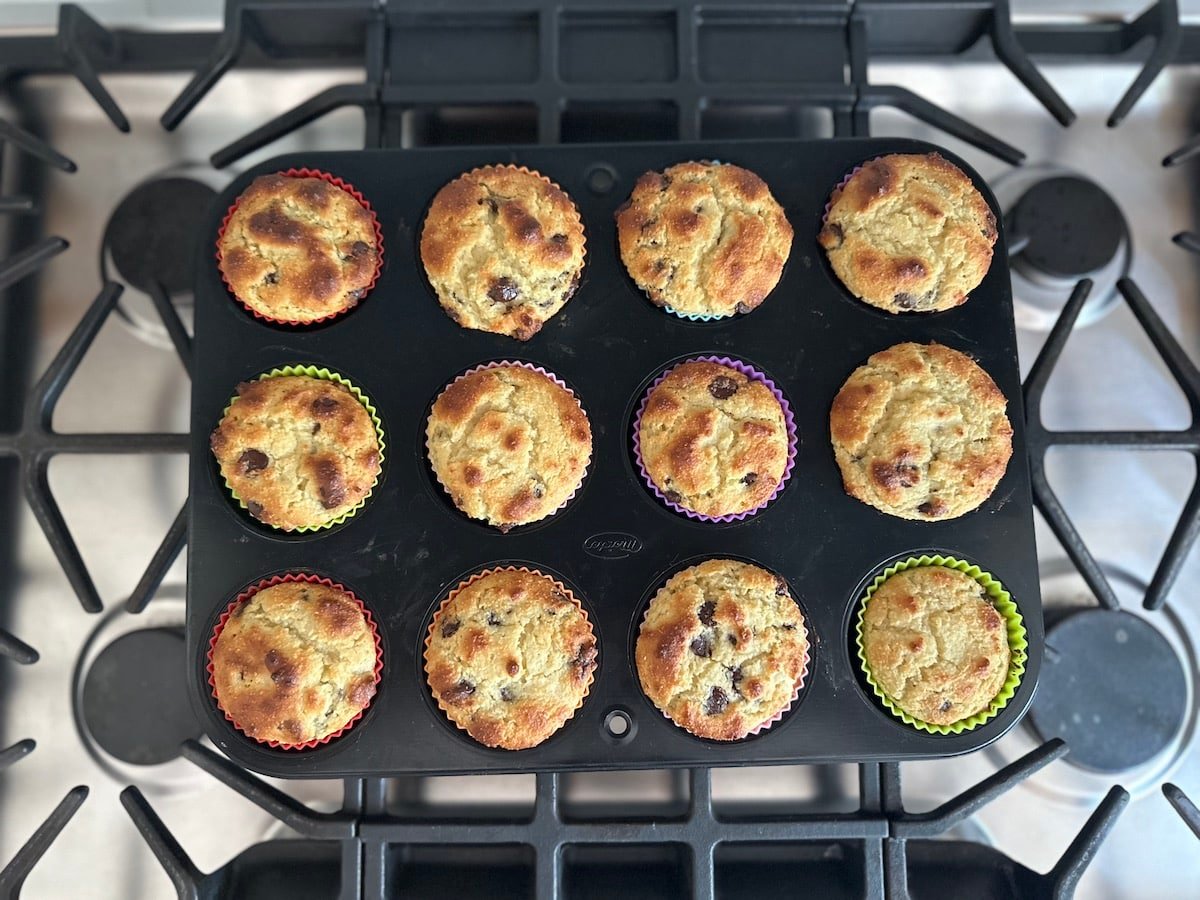In the dynamic world of culinary arts, the tools we choose can significantly impact the quality and efficiency of our cooking. With the advent of induction cooking, many kitchen professionals are reevaluating their cookware choices. One question that often arises is about using cast iron griddle on induction cooktops. This article delves into the nuances of this topic, offering valuable insights for kitchen professionals.

Why Choose a Cast Iron Griddle?
Cast iron griddles have long been cherished in professional kitchens for their unparalleled ability to retain and evenly distribute heat, a crucial factor when working in fast-paced environments. The materials durability and ability to withstand high temperatures make it a staple in settings demanding consistent performance.
For those new to the concept, a cast iron griddle provides a flat and expansive cooking surface, ideal for preparing a wide array of dishes from pancakes to seared meats. Its versatility is unmatched, making it an indispensable tool for any serious chef.
The Rise of Induction Cooking
Induction cooktops have seen a surge in popularity in recent years, particularly in professional kitchens. These cooktops utilize electromagnetic fields to directly heat pots and pans, ensuring rapid temperature changes and increased energy efficiency. However, not all cookware is compatible with induction technology, leading to questions about the suitability of using a cast iron griddle on induction surfaces.
Induction cooking offers several advantages, including precise temperature control and a safer cooking environment due to the cooktop itself remaining relatively cool. For chefs, this means reduced cooking times and more control over the cooking process, enhancing both efficiency and safety in a bustling kitchen.
Compatibility of Cast Iron with Induction
The good news for kitchen professionals is that cast iron is indeed compatible with induction cooktops. The ferrous nature of cast iron makes it an excellent conductor of the electromagnetic energy generated by induction cookers. As a result, using a cast iron griddle on induction surfaces is not only possible but also highly effective.
For more detailed insights on how cast iron works with induction technology, you can explore this [external resource](https://www.tomsguide.com/home/does-an-induction-cooktop-work-with-cast-iron-pans-heres-what-the-experts-say).
Maximizing Efficiency with Cast Iron Griddles
To fully leverage the benefits of using cast iron griddles on induction cooktops, its essential to understand a few key practices. First, ensure that the base of the griddle is flat and well-maintained to ensure optimal contact and heat transfer. Regular seasoning of the griddle not only enhances its non-stick properties but also protects the surface from rust.
Additionally, pre-heating the griddle on a low to medium setting can prevent sudden temperature spikes, which might otherwise lead to uneven cooking. This practice is particularly important when working with delicate foods or when achieving precise sear marks is desired.
Practical Applications in Professional Kitchens
In professional kitchens, the versatility of a cast iron griddle cannot be overstated. Whether its for breakfast service with pancakes and eggs or dinner service with seared fish and steaks, the griddles ability to deliver consistent results is invaluable. The transition to induction cooktops in many restaurants has only enhanced this versatility, allowing chefs to maintain high standards of quality and efficiency.
For practical applications and recipes using cast iron on induction, you might find this [blog post](https://culinacooks.com/blogs/blog/cast-iron-on-portable-induction-cooktops) insightful.
Considerations for Maintenance and Longevity
Maintaining a cast iron griddle in a professional setting involves regular cleaning and seasoning. After each use, its crucial to clean the griddle while it's still warm, using a brush or scraper to remove food residues. Avoid using soap, as it can strip away the seasoning layer.
To protect your cast iron griddle and ensure it remains an asset in your kitchen for years to come, consider these care tips from [this guide](https://culinacooks.com/blogs/blog/cast-iron-roasting-on-induction).
Common Challenges and Solutions
While using cast iron griddles on induction cooktops offers numerous benefits, chefs may encounter certain challenges. For instance, the weight of cast iron can make it cumbersome to handle, particularly when transferring food. Additionally, induction cooktops require cookware with flat bases, and some older cast iron griddles may not provide perfect contact.
To address these challenges, selecting modern cast iron griddles designed with induction in mind can be a worthwhile investment. These often feature flatter bases and ergonomic designs to mitigate handling issues.
Innovations in Cast Iron Cookware
The industry has seen significant innovations aimed at improving the compatibility of cast iron cookware with induction technology. Manufacturers are now offering solutions that integrate modern design with traditional cast iron benefits, ensuring chefs can continue to rely on this trusted material.
For insights into how manufacturers are adapting to the needs of professional chefs, this [article](https://culinacooks.com/blogs/blog/cast-iron-base-shape-for-stable-heating) is a great resource.

FAQ
Does cast iron work effectively on induction cooktops?
Yes, cast iron is highly effective on induction cooktops because its ferrous nature allows it to conduct the electromagnetic energy efficiently.
How do I maintain my cast iron griddle for induction cooking?
Regular seasoning and cleaning with a scraper while the griddle is warm will help maintain its non-stick properties and prevent rust.
Are there specific cast iron griddles recommended for induction?
Look for cast iron griddles with flat bases and those specifically designed for induction cooking for optimal performance.





Leave a comment
This site is protected by hCaptcha and the hCaptcha Privacy Policy and Terms of Service apply.